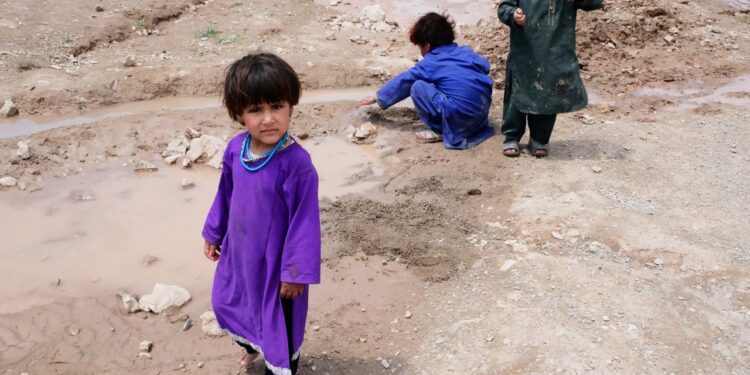Kabul, the Afghan capital and home to over five million people, stands on the brink of an unprecedented climate disaster: it may become the first modern city to entirely run out of water. Years of drought, rampant population growth, environmental neglect and a fast-collapsing aquifer system have brought the city into a state of silent emergency—one that now threatens to redefine the urban climate crisis.
The heart of the problem lies underground. Kabul’s natural aquifers have long been over-relied upon for everything from drinking water to agriculture. But in recent decades, rainfall patterns have shifted dramatically due to climate change, with snowpack levels in surrounding mountains steadily declining. Melting glacial sources, once a seasonal buffer, now fail to replenish groundwater fast enough to meet surging demand. The result: water tables are plummeting by more than a metre each year, with thousands of shallow wells already dried up.
Residents are bearing the brunt of this collapse. Millions have no access to piped water, instead relying on increasingly contaminated wells or expensive tanker deliveries. As the poorest struggle to find enough clean water for basic hygiene, disease risks grow sharply. Malnutrition and dehydration are on the rise, especially among children. Some families must choose between buying bread or water—an impossible dilemma in a city already ravaged by decades of conflict and economic instability.
What sets Kabul apart from other cities facing water scarcity is not merely its crisis, but its complete lack of infrastructure to respond to it. Years of war, corruption, and institutional breakdown have left public water systems dysfunctional or non-existent. There is no meaningful water regulation, no strategic aquifer management, and no national policy for climate adaptation. In a country where the state barely functions, climate resilience planning is virtually absent.
The Taliban, now in de facto control, have made limited public statements on climate or environmental management. Humanitarian agencies warn that unless urgent investment and international support are secured, Kabul could experience a full-scale collapse of its water system within years, not decades. Once that tipping point is crossed, mass migration from the capital could follow—further destabilising both Afghanistan and neighbouring regions.
Globally, the threat Kabul faces is a stark warning. It exposes the fragile intersection of rapid urbanisation, geopolitical instability, and climate breakdown. While major metropolises like Cape Town and Mexico City have experienced water crises in recent years, they at least had governance structures capable of mitigation and public communication. Kabul does not. And so, it may become a grim precedent: the first major modern city to run dry not only from natural causes, but from human abandonment and global indifference.
As the world watches Kabul’s quiet slide into water scarcity, the larger message is inescapable. Climate change will not only devastate coasts and forests—it will strike at the very heart of our cities, compounding every other crisis they face. In Kabul, the future is already arriving.
newshub finance



Recent Comments